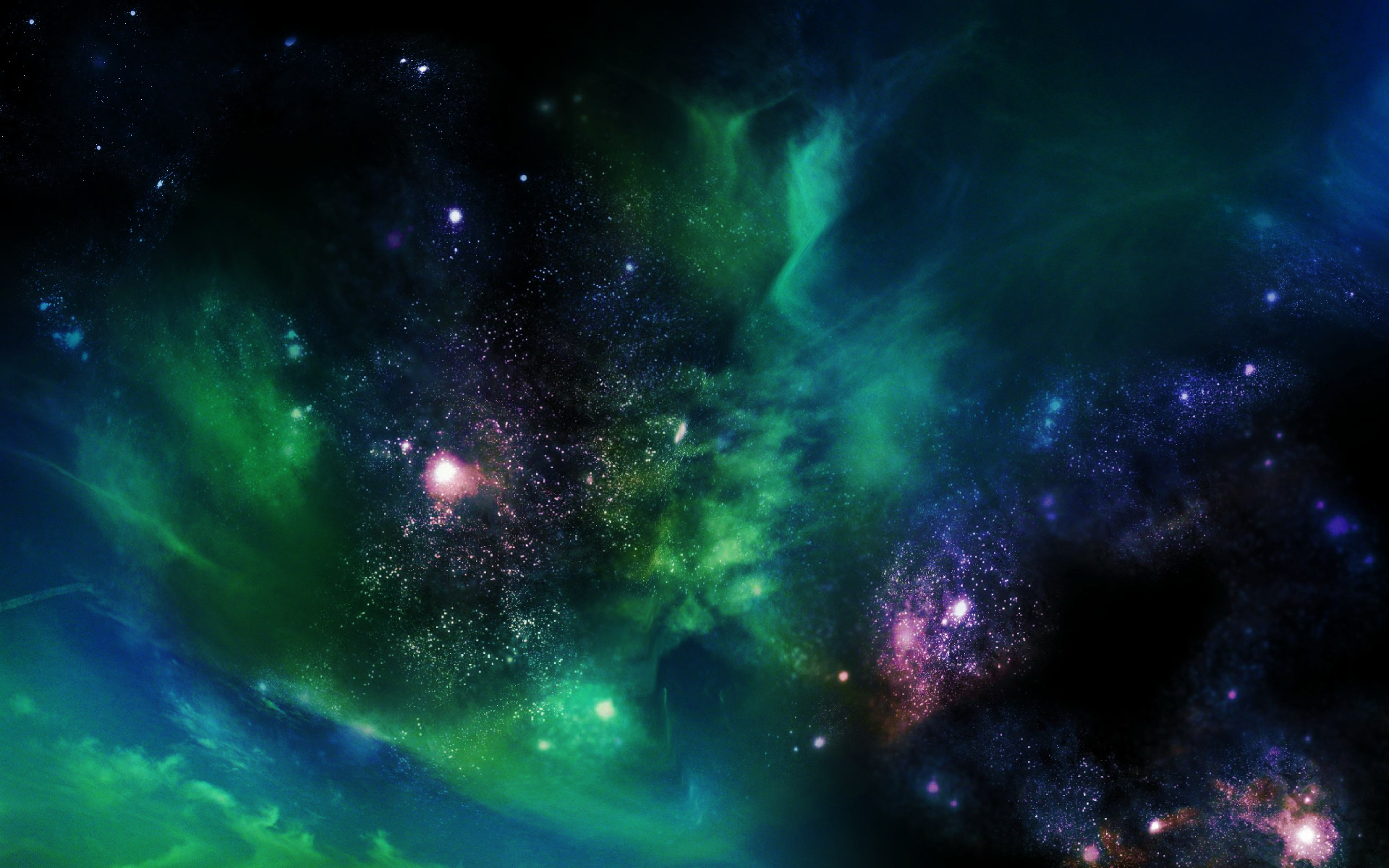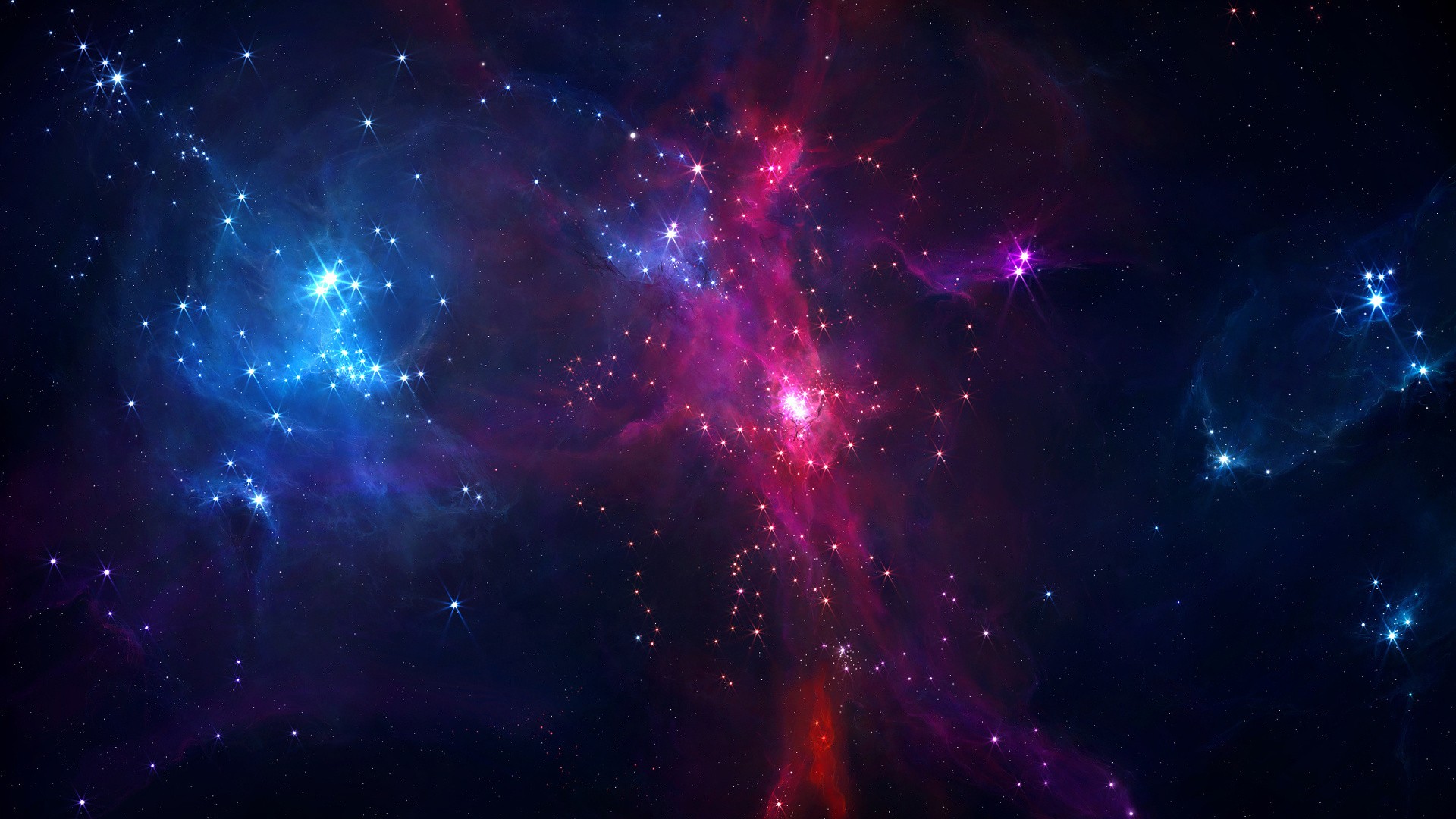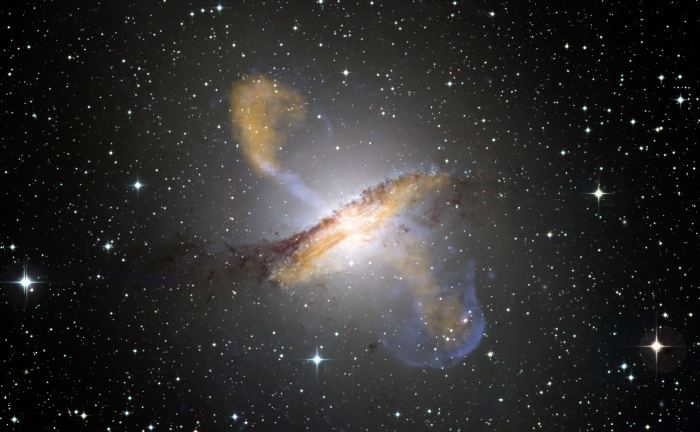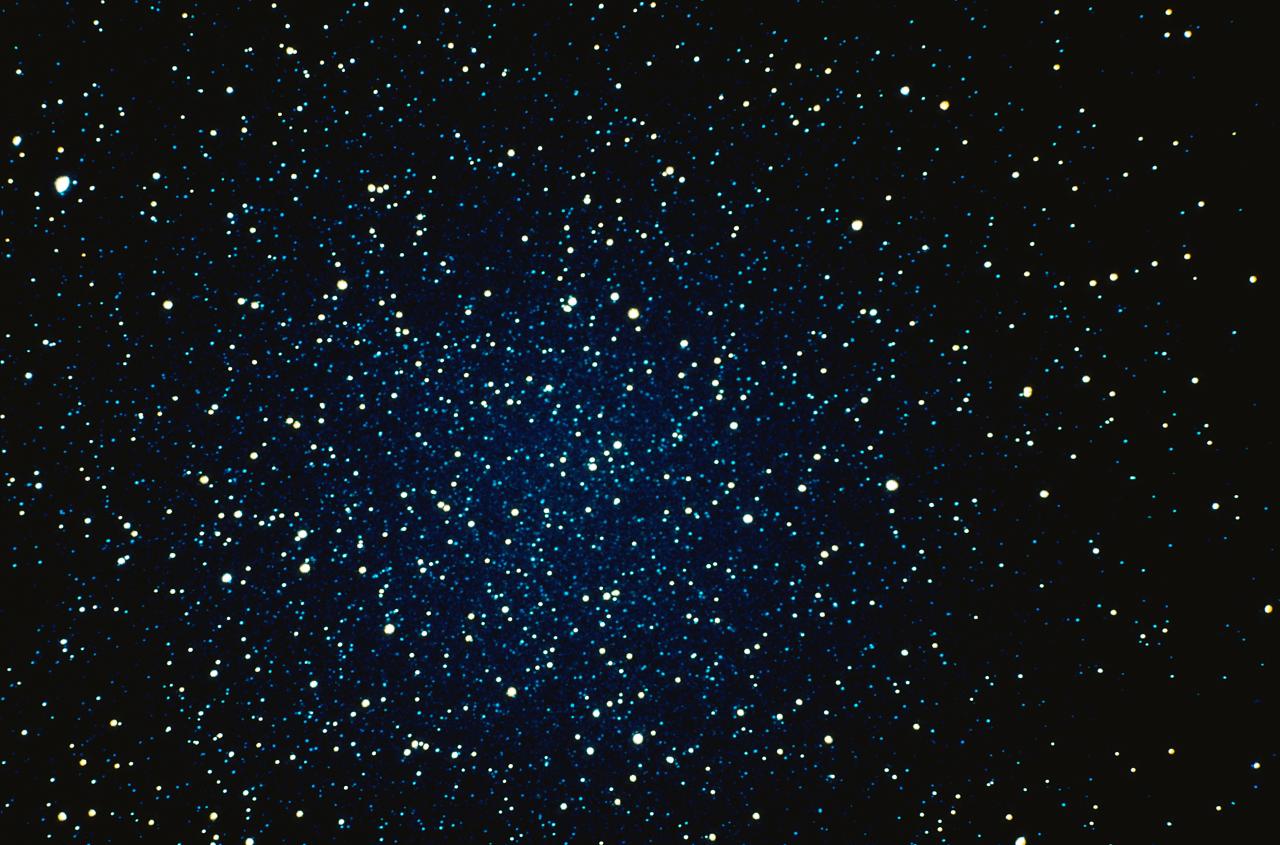
For the first time in history, a crowdsourced team of amateur citizen scientists has discovered a multi-planetary system.

Astronomers have made the first definitive interstellar detection of benzonitrile, an intriguing organic molecule. This discovery is a vital clue in a 30-year-old mystery: identifying the source of a faint infrared glow that permeates the Milky Way and other galaxies.

Virgin Galactic’s passenger rocket ship is gearing up for powered flights that could eventually carry paying tourists into space from southern New Mexico, US.

A NASA update outlines what the two participating companies — Boeing and SpaceX — will do to prepare their vehicles for space in the coming year.

Among the key spaceflight milestones we're most eager to see in 2018 are - Falcon Heavy flies, Block 5 booster, LightSail 2 and launching to Mars.

This is SpaceX's third classified mission, and arguably its most secretive flight.

Using the now-complete Cassini data set, astronomers have created a new global topographic map of Titan.

Later this year, the Chang’e 4 mission will depart for the far side of the Moon, where it will study the local geology and test the effects of lunar gravity on insects and plants.

A new study by a team of international astronomers has provided the first direct evidence that supermassive black holes affect star formation in their galaxies.

The Genes in Space-3 team turned a possibility into reality in 2017, when it completed the first-ever sample-to-sequence process entirely aboard the space station.
The Hubble Space Telescope was used to capture imagery of NGC 5256 (also known as Markarian 266). The interacting galaxies are 350 million light-years from Earth, in the constellation of Ursa Major.

Looking to the center of our galaxy, astronomers noted the presence of a mysterious filament extending from the supermassive black hole located there.

GJ436, a red dwarf located about 33 light-years from Earth has a planet that behaves very much like a comet. And according to a recent study this planet also has a very peculiar orbit.

Merging Neutron Stars Challenge Existing Theories of Gravity and Dark Energy.